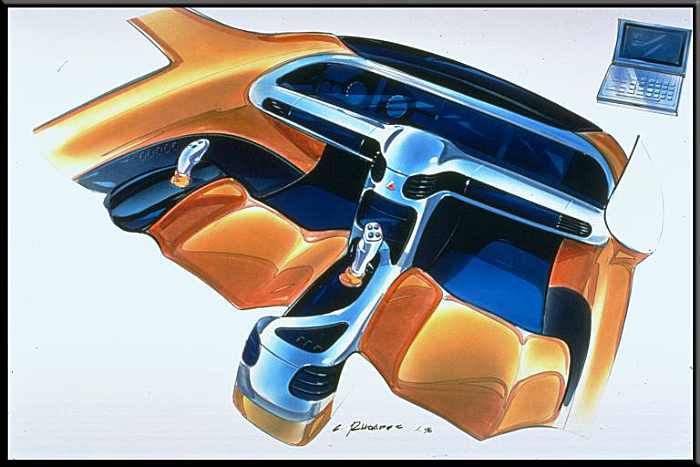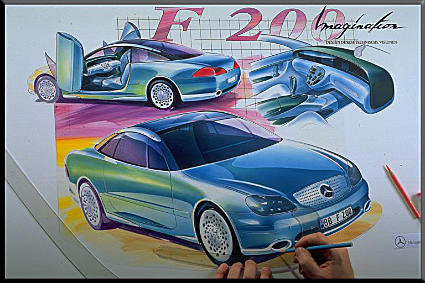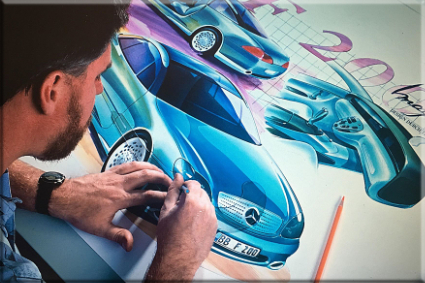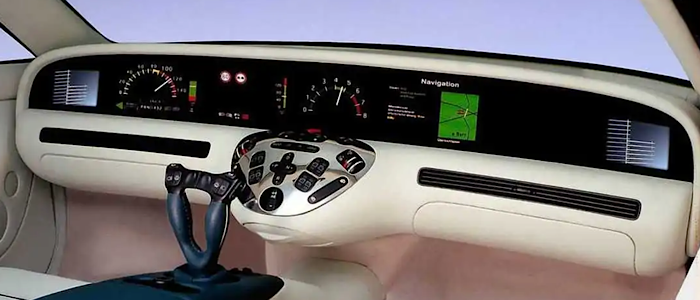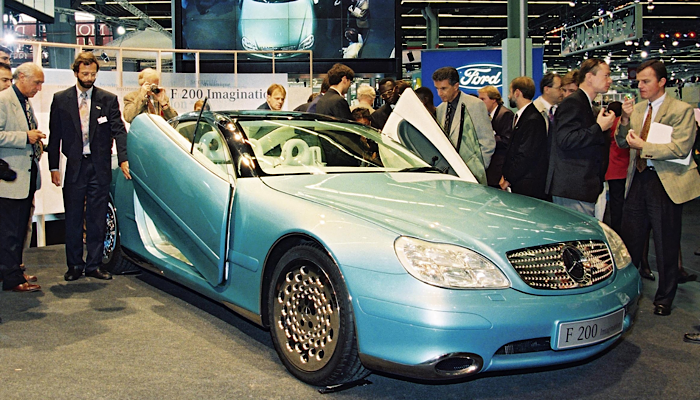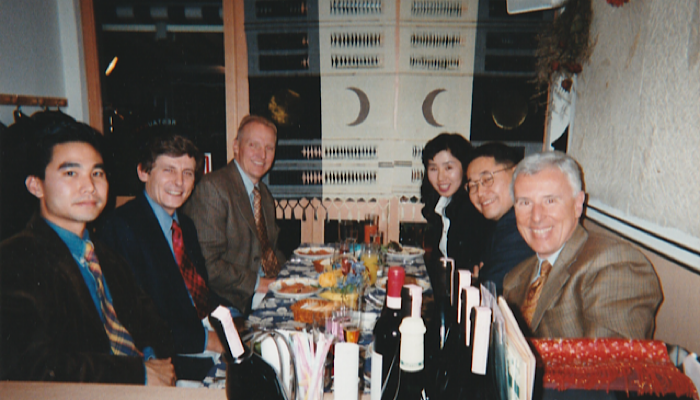MERCEDES STORY
JUNE 1994


Beginning in June 1994,a story lasting 10 years, so important for the men of Stola that it needs to be told in one text, without interruption.
In the latter part of the 1980's,getting Mercedes Benz as a customer became a goal of great prestige for Stola.
The Stuttgart firm was seen as one of the most important automotive companies in the world in terms of quality, prestige and organization.
It seemed possible, the director of the styling center was Italian, Bruno Sacco, so it seemed quite natural to contact him, at least the language would present no problems.
Five meetings took place at the Sindelfingen studio between Roberto, Alfredo and Engineer Sacco from 1988 to early 1994, but never resulted in any work.
His answer was always the same: we are already fully equipped to make our models.
 Engineer Bruno Sacco in a 1994 photo.
Engineer Bruno Sacco in a 1994 photo.
After these trips to Sindelfingen, as well as various attempts to stimulate casual meetings between the stands at the various car shows, on 6 June 1994, Alfredo unexpectedly received a call from the Mercedes Advance Design department.
Franz Lecher asked if there was any availability to make a show car, starting from a motorized chassis and a clay model supplied by them.
The answer was an immediate yes, and three days later, coinciding with the arrival of the chassis and model, Harald Leschke director of Advance Design, Franz Lecher and Jürgen Weissinger of the experience department cross the threshold of the Rivoli model shop.
It is a moment of great professional satisfaction, obviously the director, Bruno Sacco had decided that the time had come, certainly for their needs, but perhaps also to reward the perseverance of the Stolas.
 Rivoli 1994 FCC the official photo of the first Mercedes show car built by Stola spa.
Rivoli 1994 FCC the official photo of the first Mercedes show car built by Stola spa. Rivoli 2003 Vision Grand Sport Tourer The fourteenth and last Mercedes Show Car followed by the Stola family.
Rivoli 2003 Vision Grand Sport Tourer The fourteenth and last Mercedes Show Car followed by the Stola family.
From that day, until Alfredo left the company's presidency on July 26, 2004 , the Stola Family were directly dedicated to Mercedes as never before, 15 Show Cars, 3 homologated prototypes for the Vatican , about ninety styling models , both exteriors and interiors (including those for obtaining Show Car projects) and various "Mathematical Verification Masters" including the respective surface maths.
The first Show Car was the FCC, an acronym for Family China Car. The fifteenth, the last followed by Alfredo, the Vision Grand Sport Tourer which would leave Rivoli for Sindelfingen on November 18, 2003 .
The first of the style models made in Rivoli was the W203 1995 C-Class SportCoupé ,the last one, delivered in May 2004, was the E-class W212.
It was clear that in all the activities carried out at Stola spa in Rivoli for Show Cars, Prototypes and Models, style had always been the work of the men and women of the various Mercedes-Benz Style Centers around the world.
 This image of the production car represents the first style model made in Rivoli under the direction
This image of the production car represents the first style model made in Rivoli under the direction
of the designers of the Mercedes-Benz Style Center.
In 1995 the C SportCoupé W203. This image of the production car represents the latest of the style models made in Rivoli under the direction of the designers of the Mercedes-Benz Style Center.
This image of the production car represents the latest of the style models made in Rivoli under the direction of the designers of the Mercedes-Benz Style Center.
In June 2004 the E W212.
 Franco and Pierfranco Gavina in an image of the 90s
Franco and Pierfranco Gavina in an image of the 90s
at Salt in Grugliasco.The Gavina's of Salt, whose company is located in Grugliasco, had already been direct suppliers to the Mercedes Style Center since the 1980s for the upholstery of their prototype interiors.
They have long had working relationships with the director Bruno Sacco, assistants Harald Leschke and Peter Pfeifeer.
Salt continued their work directly for the Stuttgart firm on all the work carried out by STOLA spa.


































